In agriculture, efficient water management is crucial to ensuring crop health and productivity. Selecting the right irrigation equipment, such as pumps, can make a significant difference. Two popular options for irrigation are the Agricultural Centrifugal Pump and the Agricultural Self Priming Pump. Both pumps offer unique benefits, but choosing between them depends on specific farming needs and conditions. This guide provides a detailed comparison to help farmers make informed decisions for their irrigation systems.
The Challenges of Agricultural Irrigation
Agricultural irrigation involves various challenges, including water source access, maintenance costs, and energy efficiency. These issues can impact not only the cost of operations but also crop yields. Reliable pumps are essential to transport water effectively from reservoirs, ponds, or other sources to the crops. Therefore, understanding the strengths and limitations of Agricultural Centrifugal Pumps and Agricultural Self Priming Pumps is vital for addressing these challenges.
Structural Differences: Centrifugal Pump vs. Self-Priming Pump
The Agricultural Centrifugal Pump and Agricultural Self Priming Pump may appear similar, but they differ in design and functionality, impacting their performance in different conditions.
Centrifugal Pump Design
Traditional centrifugal pumps operate by using an impeller to move water. The spinning impeller creates centrifugal force, which pushes water through the pump and out toward the desired location. These pumps are efficient and widely used in settings where the water source is located above or at the same level as the pump.
50BP-20(Z) 3HP 20M Head Self-priming Water Pump
Self-Priming Centrifugal Pump Design
Self-priming centrifugal pumps are a specialized version designed to overcome air blockages. These pumps have an additional chamber that helps expel air and automatically primes the pump. This feature makes Agricultural Self Priming Pumps suitable for locations where the water source may be below the pump's level, such as in wells or deep reservoirs.
Efficiency and Maintenance Needs
While both pumps offer efficient water flow, centrifugal pumps generally require less maintenance if the water source is free from debris. Self-priming pumps, however, may need more frequent inspections to ensure the priming chamber remains clear. Understanding these structural differences helps in selecting a pump that aligns with the specific demands of the irrigation system.
Comparing Applications: When to Use Each Pump
Choosing between a Centrifugal Pump and a Self Priming Pump depends largely on the irrigation setup and the type of water source.
Best Scenarios for Centrifugal Pumps
Agricultural Centrifugal Pumps are ideal for systems where the water source is above ground or at the same level as the pump. Examples include ponds, lakes, or water tanks positioned at a height. Due to their simple design, centrifugal pumps are usually more energy-efficient when positioned in conditions. Their lower maintenance requirements make them an economical choice for farmers who need consistent water flow without frequent checks.
When to Opt for Self-Priming Pumps
Self-priming pumps are advantageous in scenarios where the water source is located below the pump, such as in boreholes or deep reservoirs. The self-priming feature saves farmers time and effort, as these pumps automatically handle air in the lines, ensuring a smooth start without manual intervention. Agricultural Self Priming Pumps are thus a practical solution for setups where consistent pump priming might otherwise be challenging.
Response to Changing Water Levels
Self-priming pumps handle fluctuating water levels more effectively than standard centrifugal pumps, as they are designed to re-prime when necessary. This feature is beneficial in areas with seasonal variations in water levels, offering flexibility that conventional centrifugal pumps may lack.
Efficiency and Energy Considerations
Efficiency is a critical factor when comparing Agricultural Centrifugal Pumps and Agricultural Self Priming Pumps, as it directly impacts energy consumption and operational costs.
Energy Consumption: Centrifugal pumps are generally more energy-efficient when conditions allow for continuous water flow without air blockages. Self-priming pumps, on the other hand, may consume slightly more energy due to the additional priming mechanism, but this is offset by their ability to handle more complex setups where standard centrifugal pumps would struggle.
Flow Rate: Centrifugal pumps are known for high flow rates, which make them suitable for irrigating large areas. Self-priming pumps may have slightly lower flow rates, but their ability to handle varied conditions makes them more adaptable.

 English
English русский
русский Español
Español
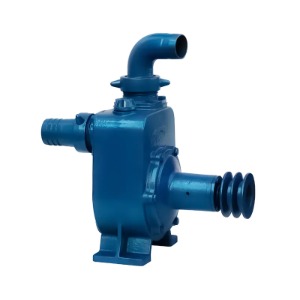
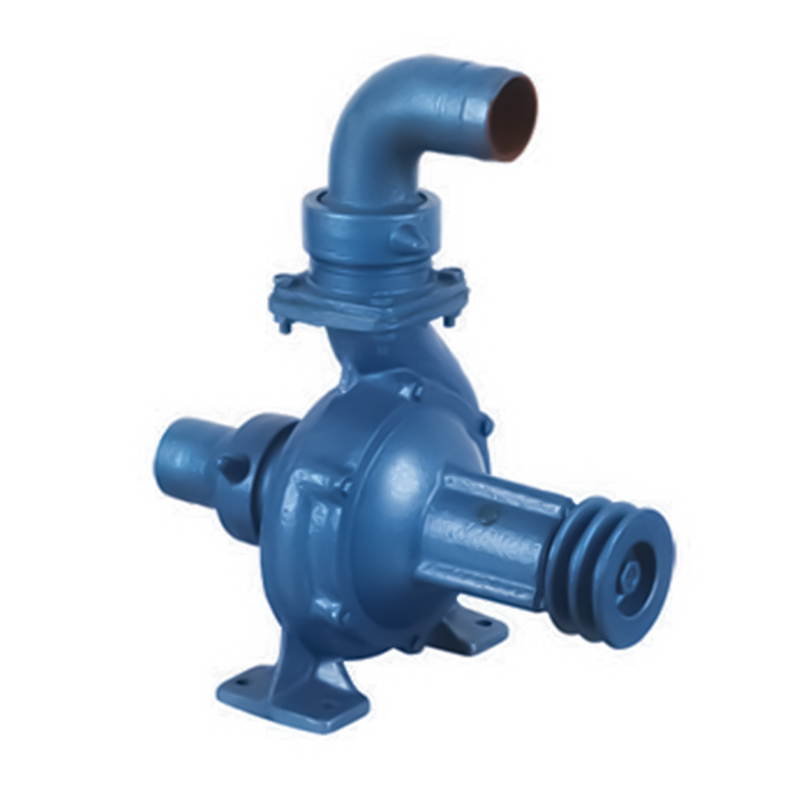
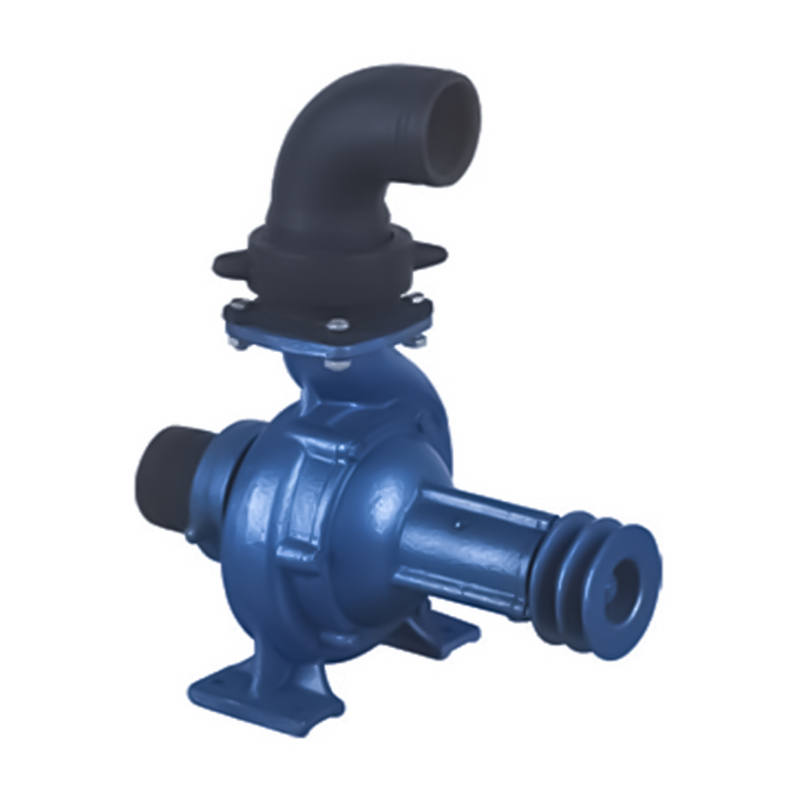

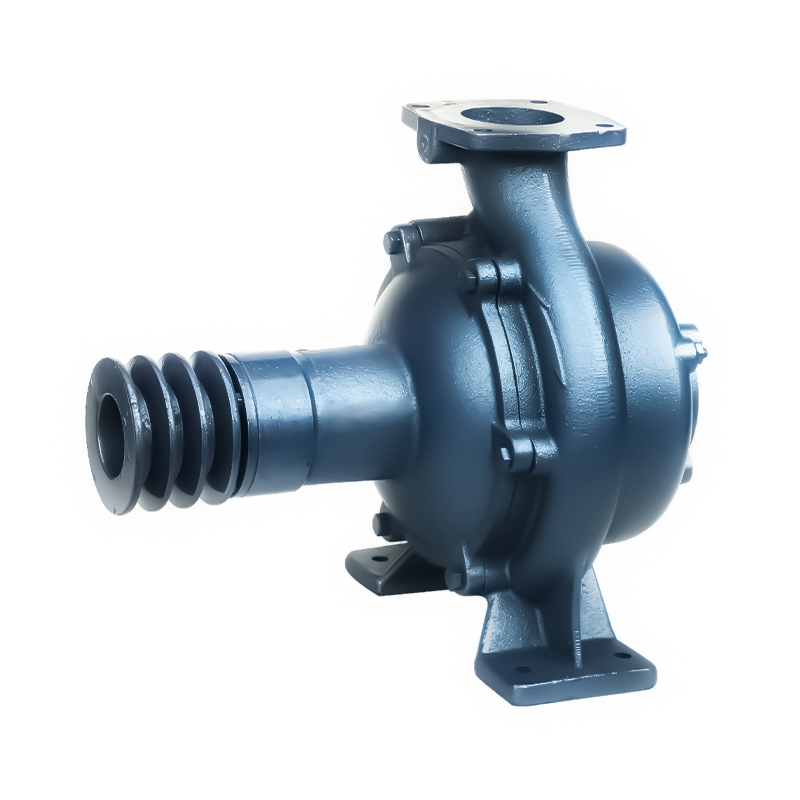
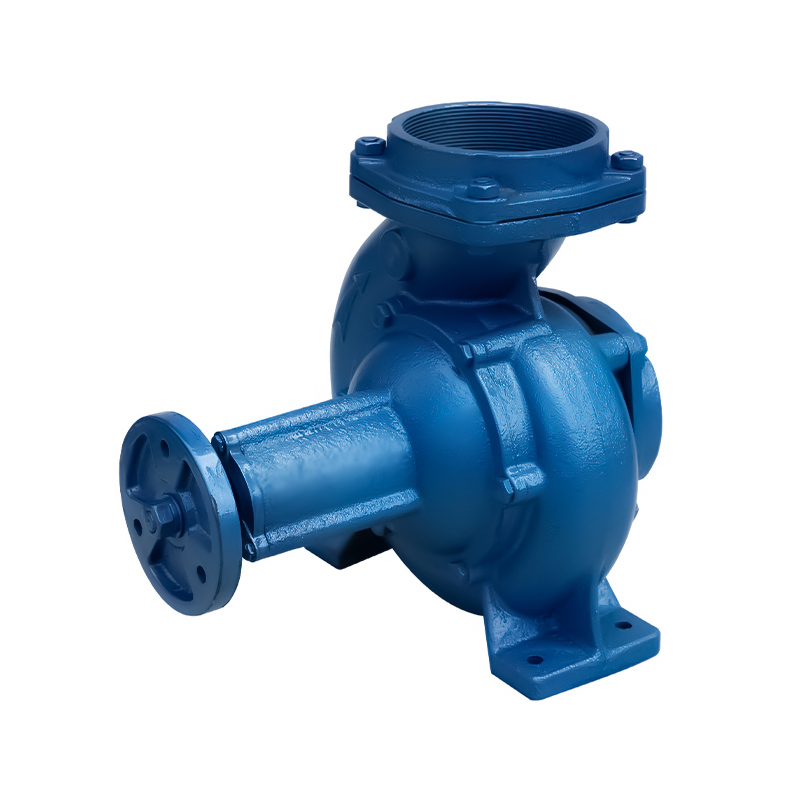
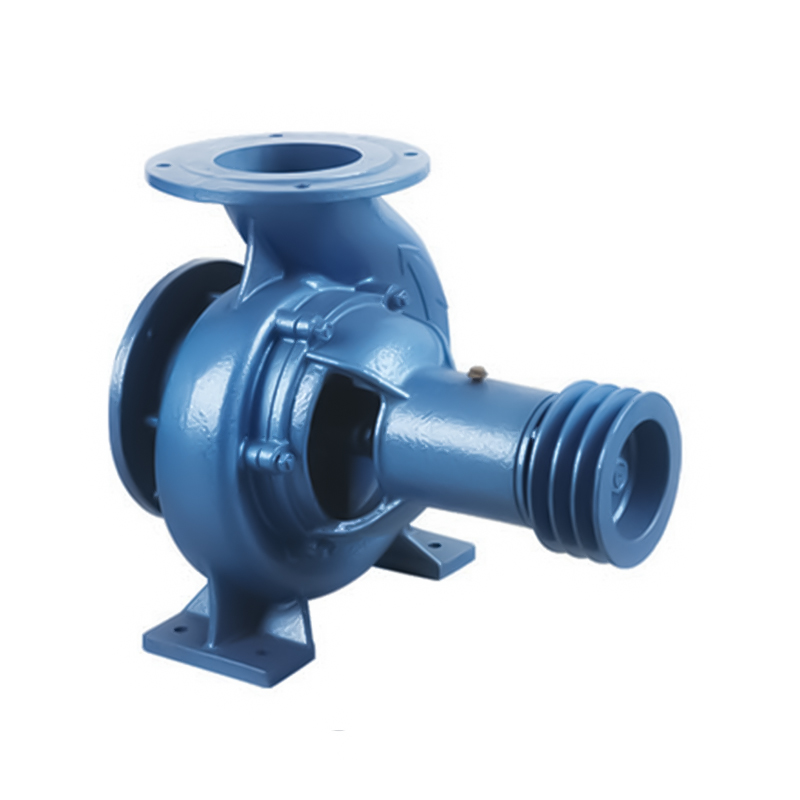
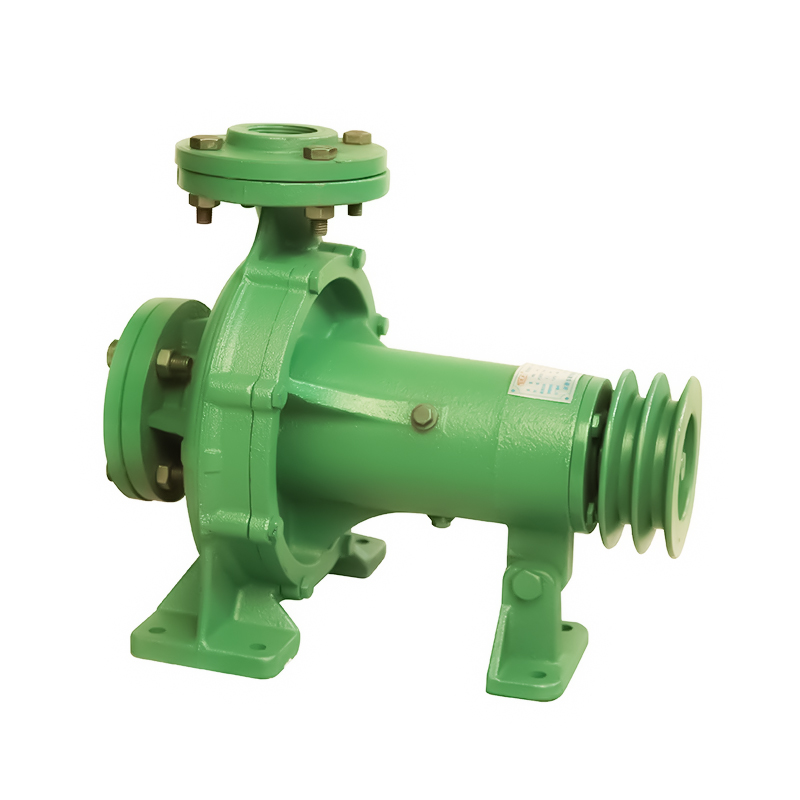

 Email:
Email:
 Phone:+86-13605899207
Phone:+86-13605899207

